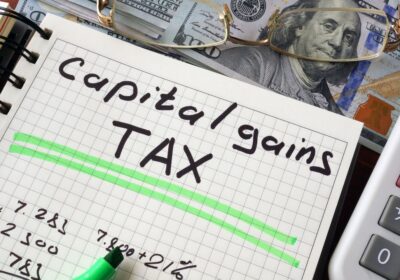 Many real estate investors have heard of the 1% Rule, but what about the 2% Rule?
Many real estate investors have heard of the 1% Rule, but what about the 2% Rule?
The 2% Rule states that if the monthly rent for a given property is at least 2% of the purchase price, it will likely cash flow nicely. It looks like this: monthly rent / purchase price = X.
If X is less than 0.02 (the decimal form of 2%) then the property is not a 2% property. If it is 0.02 or greater, then you’ve found a 2% property. This can then shed some light on whether or not a property is likely to cash flow.
Are 2% Rule Properties Real?
Most investors have a hard enough time finding properties that meet the 1% rule, let alone something that exceeds or even doubles that criteria. The good news is that 2% properties do exist!
What I’ve come to understand about 2% properties is this: There are some that are great, positive cash flowing properties, but many of them (perhaps the vast majority), are riddled with issues. If you think about it, why else would the owner be selling such a cash cow?
Furthermore, 2% properties are often on the less expensive side of any given real estate market. To elaborate, I’ve never seen a $500,000 property that will rent for $10,000/month. However, I’ve seen plenty of properties that sell for $40,000, and rent for $800/month.
Before anyone gets up in arms and comes running to tell me how wrong I am because they purchased a house for $40,000 that rents for $800/mo and the tenant is amazing, I want to clear the air and say I know that not every 2% rental property will be hard to own.
There are always exceptions to every rule, and you’ll often have to work very hard to sort through the bad ones to find that good one.
What The 2% Rule Does Tell You About a Rental Property
The only thing the 2% rule tells you is the ratio of rent to sales price. There is no secret formula that gives investors an insight into how a property will actually perform. As investors, we must take what information we do have, both the rent amount and the sales price, and start to derive whether or not we think the property is a worthwhile investment.
Remember, that given the sale price of the property, we can reverse engineer it into becoming a 2% property, simply by manipulating that sale price.
What The 2% Rule Doesn’t Tell You About a Rental Property
While the 2% Rule is helpful in determining whether or not the property is likely to cash flow very well, there are a number of other questions that it doesn’t answer. One of these is “Where is the rental property physically located?”
When analyzing 2% properties, it is critical to account for the specific neighborhood in which the property is located to determine what the vacancy rate will be. A few months of vacancy can eat up all the cash flow from even a 2% property.
Here’s the math to help drive this point home:
The gross rent collected on a single-family rental property that rents for $1,000/mo = $12,000/year.
- Cost of 2 weeks of vacancy: $462, or 3.85% of your annual revenue.
- Cost of 2 months of vacancy: $2,000, or 16% of your annual revenue.
Remember, the lost income is only part of the equation. All of the operating expenses remain in effect (for the most part) as monthly expenses. Property taxes, insurance, and mortgage payments — if of course you choose to finance the property — still need to be taken care of whether or not a tenant is living in the property.
While two months can eat away at 16% of your annual revenue, it can actually eat up 100% of your annual profit if you are only expecting to bring in $2,000/year in positive cash flow. A property manager should be able to shed light on vacancy rates in different neighborhoods.
Another question not answered by the 2% Rule is how much maintenance is likely to be required, based on the property’s location. Properties in harsher climates or rougher neighborhoods often have higher maintenance expenses. This needs to be taken into account when running your numbers.
Lastly, the 2% Rule does not account for property taxes, which can be the biggest deal killers of all. Not knowing how much the property taxes are for a property post-sale can provide a rude awakening for investors.



